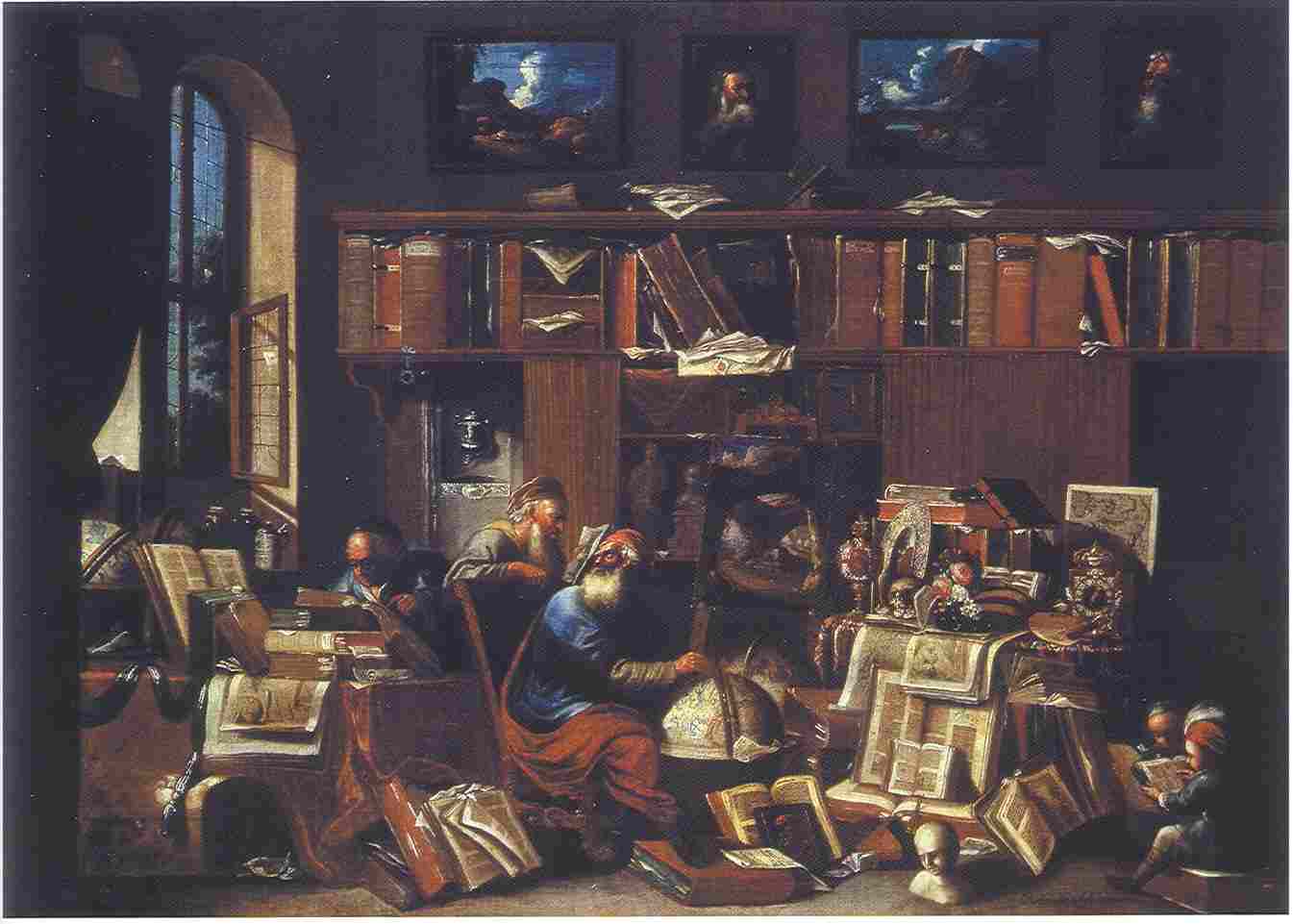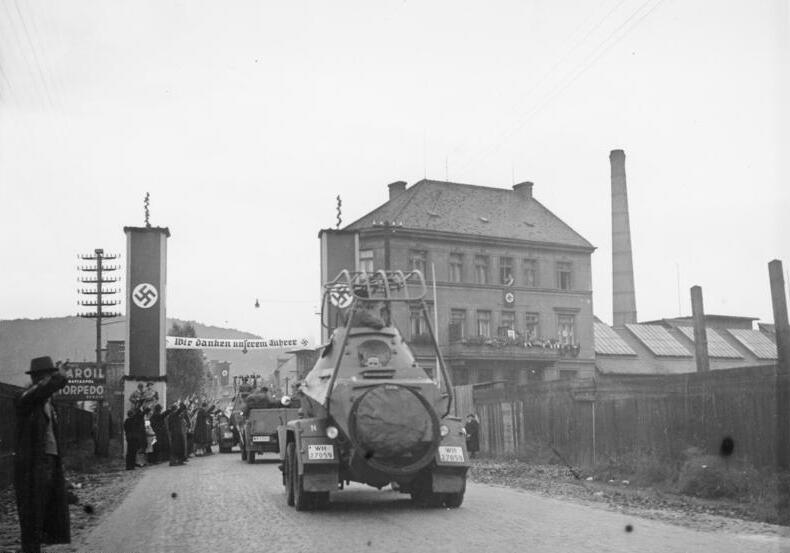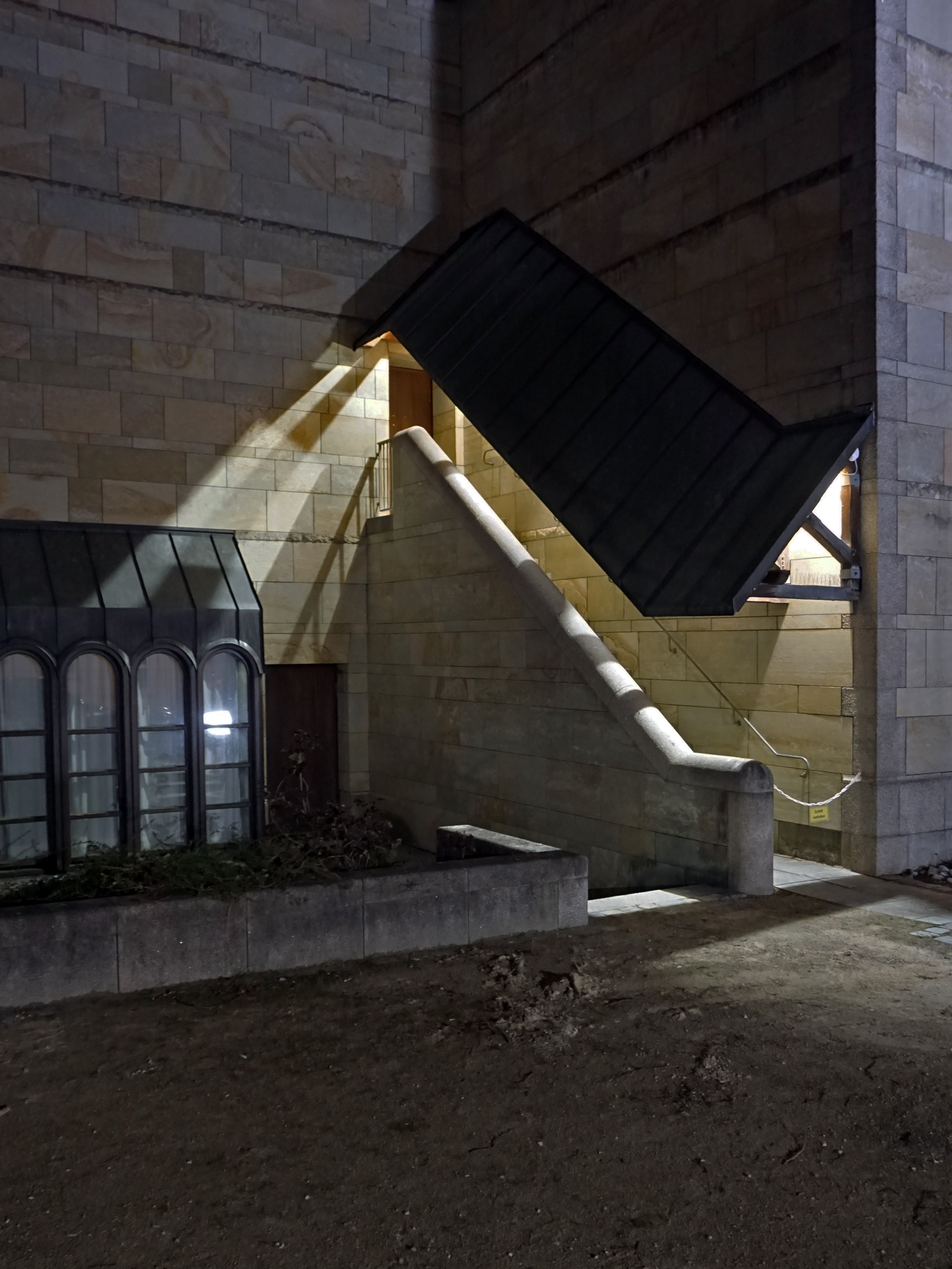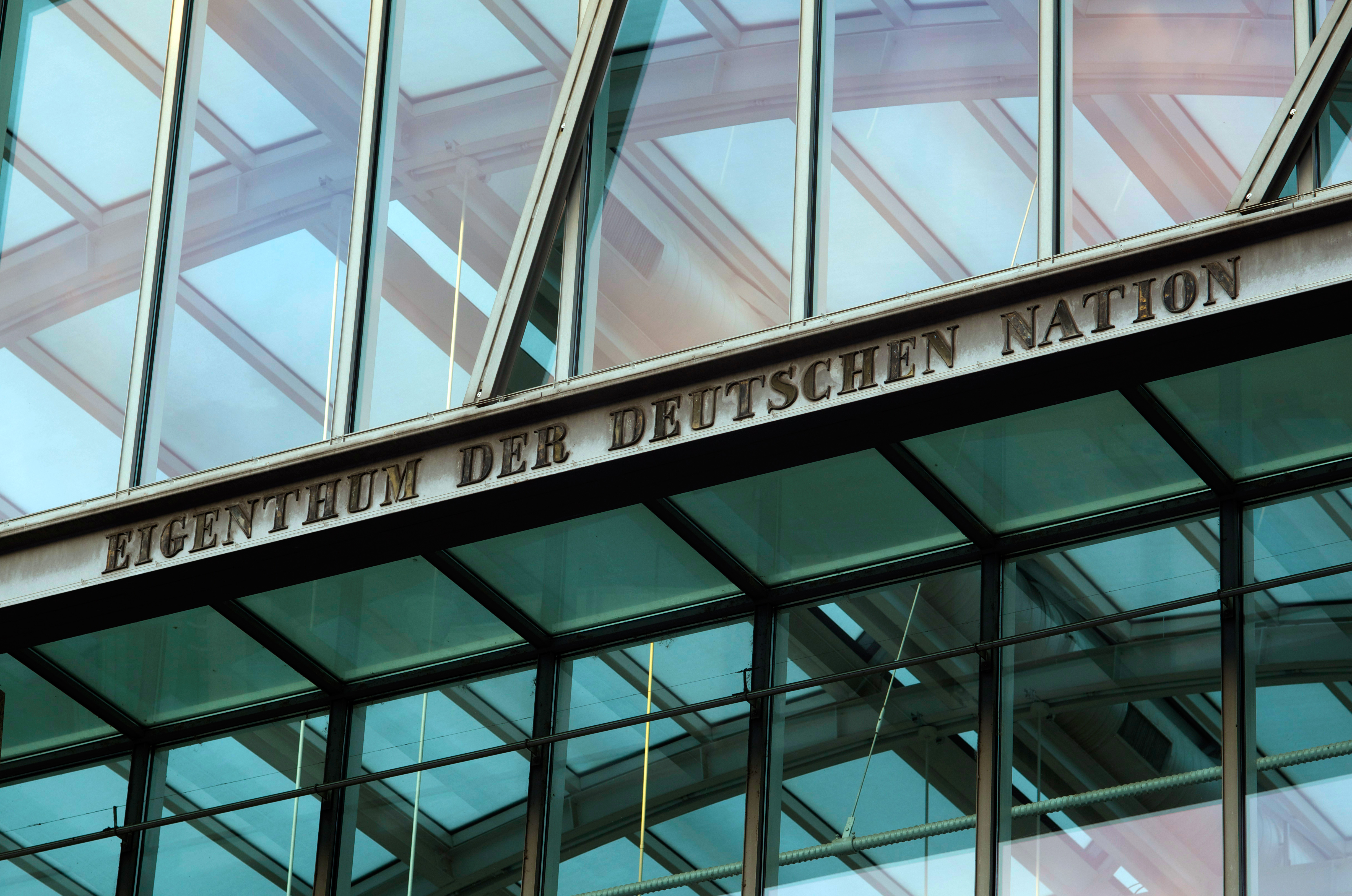|
Johann Michael Bretschneider
Johann Michael Bretschneider (1680–1729) was a German painter. Life Bretschneider was born at Ústí nad Labem, Aussig, in Bohemia. His parents were Wentzel and Ludmilla Bretschneider. His teacher is not assuredly known, but it is believed that he learned from Johann Rudolf Byss (1660–1738) in Prague. On 18 July 1700, he was admitted to the painters' guild in Old Town and got Citizenship on 20 September 1700. He stayed in Prague until 1703. In the years 1717–1721, he can be detected in Vienna, where he painted genre pictures and flowers, then he probably came to Bavaria. Pictures of him are displayed in the Neue Pinakothek, Pinakothek in Munich (p.e. ''Musical Entertainment'') and in the Germanisches Nationalmuseum in Nuremberg (p.e. ''Picture Gallery''). References Sources * External links Picture DiscussionCzech artist Encyclopedia 1680 births 1729 deaths 18th-century German painters 18th-century German male artists German male painters Artists from Ús ... [...More Info...] [...Related Items...] OR: [Wikipedia] [Google] [Baidu] |
1702 Bretschneider Gemaeldegalerie Anagoria
Seventeen or 17 may refer to: *17 (number), the natural number following 16 and preceding 18 * one of the years 17 BC, AD 17, 1917, 2017 Literature Magazines * ''Seventeen'' (American magazine), an American magazine * ''Seventeen'' (Japanese magazine), a Japanese magazine Novels * ''Seventeen'' (Tarkington novel), a 1916 novel by Booth Tarkington *''Seventeen'' (''Sebuntiin''), a 1961 novel by Kenzaburō Ōe * ''Seventeen'' (Serafin novel), a 2004 novel by Shan Serafin Stage and screen Film * ''Seventeen'' (1916 film), an American silent comedy film *''Number Seventeen'', a 1932 film directed by Alfred Hitchcock * ''Seventeen'' (1940 film), an American comedy film *''Eric Soya's '17''' (Danish: ''Sytten''), a 1965 Danish comedy film * ''Seventeen'' (1985 film), a documentary film * ''17 Again'' (film), a 2009 film whose working title was ''17'' * ''Seventeen'' (2019 film), a Spanish drama film Television * ''Seventeen'' (TV drama), a 1994 UK dramatic short starring Christien ... [...More Info...] [...Related Items...] OR: [Wikipedia] [Google] [Baidu] |
Ústí Nad Labem
Ústí nad Labem (, , ) is a city in the Czech Republic. It has about 92,000 inhabitants. It is the capital of its eponymous region and district. It is a major industrial centre and, besides being an active river port, is an important railway junction. Administrative division Ústí nad Labem is divided into four boroughs, which are further divided into 22 administrative parts: *Ústí nad Labem-město (parts Ústí nad Labem-centrum, Božtěšice, Bukov, Habrovice, Hostovice, Klíše, Předlice, Skorotice, Strážky, Vaňov and Všebořice); *Ústí nad Labem-Neštěmice (parts Krásné Březno, Mojžíř and Neštěmice); *Ústí nad Labem-Severní terasa (part Severní Terasa); *Ústí nad Labem-Střekov (parts Brná, Církvice, Kojetice, Olešnice, Sebuzín, Střekov and Svádov). Etymology The name of Ústí nad Labem is formed from the Old Czech ' ("river mouth") and ' (the Elbe River). It thus literally means "Mouth-upon-the-Elbe", in reference to its location at the ... [...More Info...] [...Related Items...] OR: [Wikipedia] [Google] [Baidu] |
Bohemia
Bohemia ( ; cs, Čechy ; ; hsb, Čěska; szl, Czechy) is the westernmost and largest historical region of the Czech Republic. Bohemia can also refer to a wider area consisting of the historical Lands of the Bohemian Crown ruled by the Bohemian kings, including Moravia and Czech Silesia, in which case the smaller region is referred to as Bohemia proper as a means of distinction. Bohemia was a duchy of Great Moravia, later an independent principality, a kingdom in the Holy Roman Empire, and subsequently a part of the Habsburg monarchy and the Austrian Empire. After World War I and the establishment of an independent Czechoslovak state, the whole of Bohemia became a part of Czechoslovakia, defying claims of the German-speaking inhabitants that regions with German-speaking majority should be included in the Republic of German-Austria. Between 1938 and 1945, these border regions were joined to Nazi Germany as the Sudetenland. The remainder of Czech territory became the Seco ... [...More Info...] [...Related Items...] OR: [Wikipedia] [Google] [Baidu] |
Johann Rudolf Byss
Johann Rudolf Byss (1660–1738) was a Swiss painter. He was born in Solothurn and first learned painting from his father Johann Joseph Byss, and later from Johann Heinrich Roos, whose sons he would have known well.Johann Rudolf Byss in the Byss' most important works were done during his stay in . He traveled to Germany, England and the Netherlands in the 1680s to study. In 1689, he became court painter to Count Hermann Jakob Cern. Later that year, Byss married Maximiliana Wagner. Johann Rudolf Byss is credited with bringing the Netherlandish and Italian |
Prague
Prague ( ; cs, Praha ; german: Prag, ; la, Praga) is the capital and List of cities in the Czech Republic, largest city in the Czech Republic, and the historical capital of Bohemia. On the Vltava river, Prague is home to about 1.3 million people. The city has a temperate climate, temperate oceanic climate, with relatively warm summers and chilly winters. Prague is a political, cultural, and economic hub of central Europe, with a rich history and Romanesque architecture, Romanesque, Czech Gothic architecture, Gothic, Czech Renaissance architecture, Renaissance and Czech Baroque architecture, Baroque architectures. It was the capital of the Kingdom of Bohemia and residence of several Holy Roman Emperors, most notably Charles IV, Holy Roman Emperor, Charles IV (r. 1346–1378). It was an important city to the Habsburg monarchy and Austro-Hungarian Empire. The city played major roles in the Bohemian Reformation, Bohemian and the Protestant Reformations, the Thirty Year ... [...More Info...] [...Related Items...] OR: [Wikipedia] [Google] [Baidu] |
Neue Pinakothek
The Neue Pinakothek (, ''New Pinacotheca'') is an art museum in Munich, Germany. Its focus is European Art of the 18th and 19th centuries, and it is one of the most important museums of art of the nineteenth century in the world. Together with the Alte Pinakothek and the Pinakothek der Moderne, it is part of Munich's " Kunstareal" (the "art area"). The building The museum was founded by King Ludwig I of Bavaria in 1853. The original building constructed by Friedrich von Gärtner and August von Voit was destroyed during World War II. The ruin of the Neue Pinakothek was demolished in 1949. The building was replaced in the late 20th century. Designed by architect , the new postmodern building opened in 1981. Its features include arched windows, keystones, bay windows and stairways. It combines a concrete construction with a stone facade design. History Ludwig began to collect contemporary art already as crown prince in 1809 and his collection was steadily enlarged. When th ... [...More Info...] [...Related Items...] OR: [Wikipedia] [Google] [Baidu] |
Munich
Munich ( ; german: München ; bar, Minga ) is the capital and most populous city of the German state of Bavaria. With a population of 1,558,395 inhabitants as of 31 July 2020, it is the third-largest city in Germany, after Berlin and Hamburg, and thus the largest which does not constitute its own state, as well as the 11th-largest city in the European Union. The city's metropolitan region is home to 6 million people. Straddling the banks of the River Isar (a tributary of the Danube) north of the Bavarian Alps, Munich is the seat of the Bavarian administrative region of Upper Bavaria, while being the most densely populated municipality in Germany (4,500 people per km2). Munich is the second-largest city in the Bavarian dialect area, after the Austrian capital of Vienna. The city was first mentioned in 1158. Catholic Munich strongly resisted the Reformation and was a political point of divergence during the resulting Thirty Years' War, but remained physically unt ... [...More Info...] [...Related Items...] OR: [Wikipedia] [Google] [Baidu] |
Germanisches Nationalmuseum
The Germanisches National Museum is a museum in Nuremberg, Germany. Founded in 1852, it houses a large collection of items relating to German culture and art extending from prehistoric times through to the present day. The Germanisches National Museum is Germany's largest museum of cultural history. Out of its total holding of some 1.3 million objects (including the holdings of the library and the Department of Prints and Drawings), approximately 25,000 are exhibited. The museum is situated in the south of the historic city center between Kornmarkt and Frauentormauer along the medieval city wall. Its entrance hall is situated on Kartäusergasse which was transformed by the Israeli sculptor Dani Karavan to the Way of Human Rights (german: Straße der Menschenrechte). Name, establishment, guiding principles The Germanisches Museum, as it was named initially, was founded by a group of individuals led by the Franconian baron Hans von und zu Aufsess, whose goal was to assemble ... [...More Info...] [...Related Items...] OR: [Wikipedia] [Google] [Baidu] |
Nuremberg
Nuremberg ( ; german: link=no, Nürnberg ; in the local East Franconian dialect: ''Nämberch'' ) is the second-largest city of the German state of Bavaria after its capital Munich, and its 518,370 (2019) inhabitants make it the 14th-largest city in Germany. On the Pegnitz River (from its confluence with the Rednitz in Fürth onwards: Regnitz, a tributary of the River Main) and the Rhine–Main–Danube Canal, it lies in the Bavarian administrative region of Middle Franconia, and is the largest city and the unofficial capital of Franconia. Nuremberg forms with the neighbouring cities of Fürth, Erlangen and Schwabach a continuous conurbation with a total population of 800,376 (2019), which is the heart of the urban area region with around 1.4 million inhabitants, while the larger Nuremberg Metropolitan Region has approximately 3.6 million inhabitants. The city lies about north of Munich. It is the largest city in the East Franconian dialect area (colloquially: "F ... [...More Info...] [...Related Items...] OR: [Wikipedia] [Google] [Baidu] |
1680 Births
Year 168 ( CLXVIII) was a leap year starting on Thursday (link will display the full calendar) of the Julian calendar. At the time, it was known as the Year of the Consulship of Apronianus and Paullus (or, less frequently, year 921 ''Ab urbe condita''). The denomination 168 for this year has been used since the early medieval period, when the Anno Domini calendar era became the prevalent method in Europe for naming years. Events By place Roman Empire * Emperor Marcus Aurelius and his adopted brother Lucius Verus leave Rome, and establish their headquarters at Aquileia. * The Roman army crosses the Alps into Pannonia, and subdues the Marcomanni at Carnuntum, north of the Danube. Asia * Emperor Ling of Han succeeds Emperor Huan of Han as the emperor of the Chinese Han Dynasty; the first year of the ''Jianning'' era. Births * Cao Ren, Chinese general (d. 223) * Gu Yong, Chinese chancellor (d. 243) * Li Tong, Chinese general (d. 209) Deaths * Anicetus, pope o ... [...More Info...] [...Related Items...] OR: [Wikipedia] [Google] [Baidu] |






